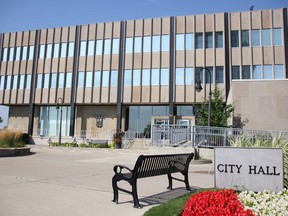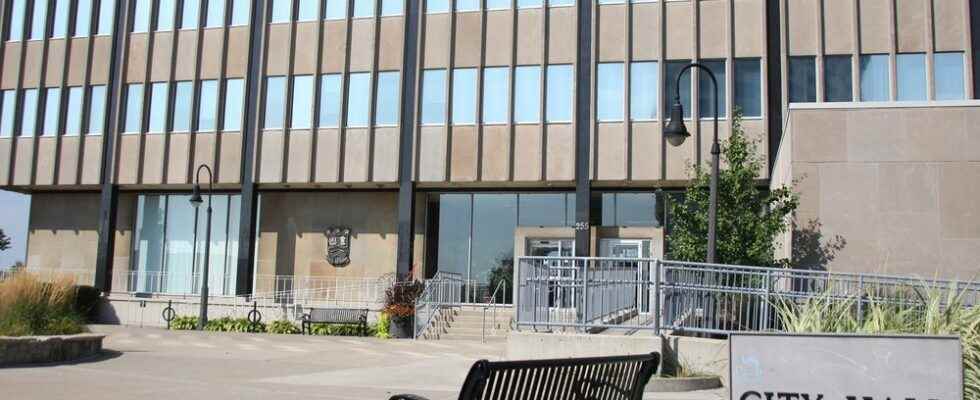When it comes to the condition of bridges, roads and water and sewer pipes in Sarnia, the overall prognosis is good.

When it comes to the condition of bridges, roads and water and sewer pipes in Sarnia, the overall prognosis is good, but many are also aging and coming due for replacement soon.
That assessment is highlighted in Sarnia’s new core asset management plan, which crunches the numbers on condition, replacement cost and how to pay for those basic amenities.
The plan – a step itself to a more comprehensive asset management plan that also includes things like city buildings, parks and city-owned vehicles – is meant to help guide community discussions and city council decision-making, about levels of investment, Sarnia engineering and operations general manager David Jackson said.
“We have to provide a certain level of clean drinking water, and we can’t rally make a choice there,” he said. “But for many of our assets, we can choose what service level we want as a community.”
The trick, he said, is achieving the right balance between needs like pothole repairs and watermain breaks and higher taxes, he said.
Sarnia’s backlog of core assets in “very poor” condition and in need of repair is $381 million, the city plan says.
That’s about 16 per cent of the overall $2.4-billion replacement cost estimated for all the roads, sewers, bridges, culverts and pipes in the city of 74,000 people.
It’s also down from city estimates of a $424-million backlog two to three years ago.
Part of the improvement could be stepped up capital investment over the last few years, Jackson said.
Sarnia’s $62-million 2021 capital budget was more than double the spending mark set in 2019. This year’s was $49 million.
“I would say the last few years have been very positive from the infrastructure side,” Jackson.
Average investment in core infrastructure still lags behind the sustainability mark for funding its replacement cost, the city report notes.
Sarnia’s overall core asset reinvestment rate is about $17.5 million per year – about half of the $35 million required, based on industry standards, to fund replacement of the assets over their lifetime. the report says.
Reaching sustainable funding for watermain replacement costs this year, for instance, would require bumping the rate per user by $60, it says.
Eventually the analysis will get more complex and incorporate the debate about what the community and council feel are appropriate levels of investment, Jackson said.
Updating the provincially required plan to include things like parks and city buildings is required by July 1, 2024, and including proposed levels of service and a strategy to fund those is required a year later.
Updates are expected every year, Jackson said.
Of note, city staff said in a report, wastewater assets are the city’s oldest and 23 per cent are in very poor condition; roads are Sarnia’s most expensive asset and most visible infrastructure backlog; stormwater infrastructure has no funding source and has never been budgeted for; and zero per cent of bridges – regulated and with regular inspections – are in very poor condition.
